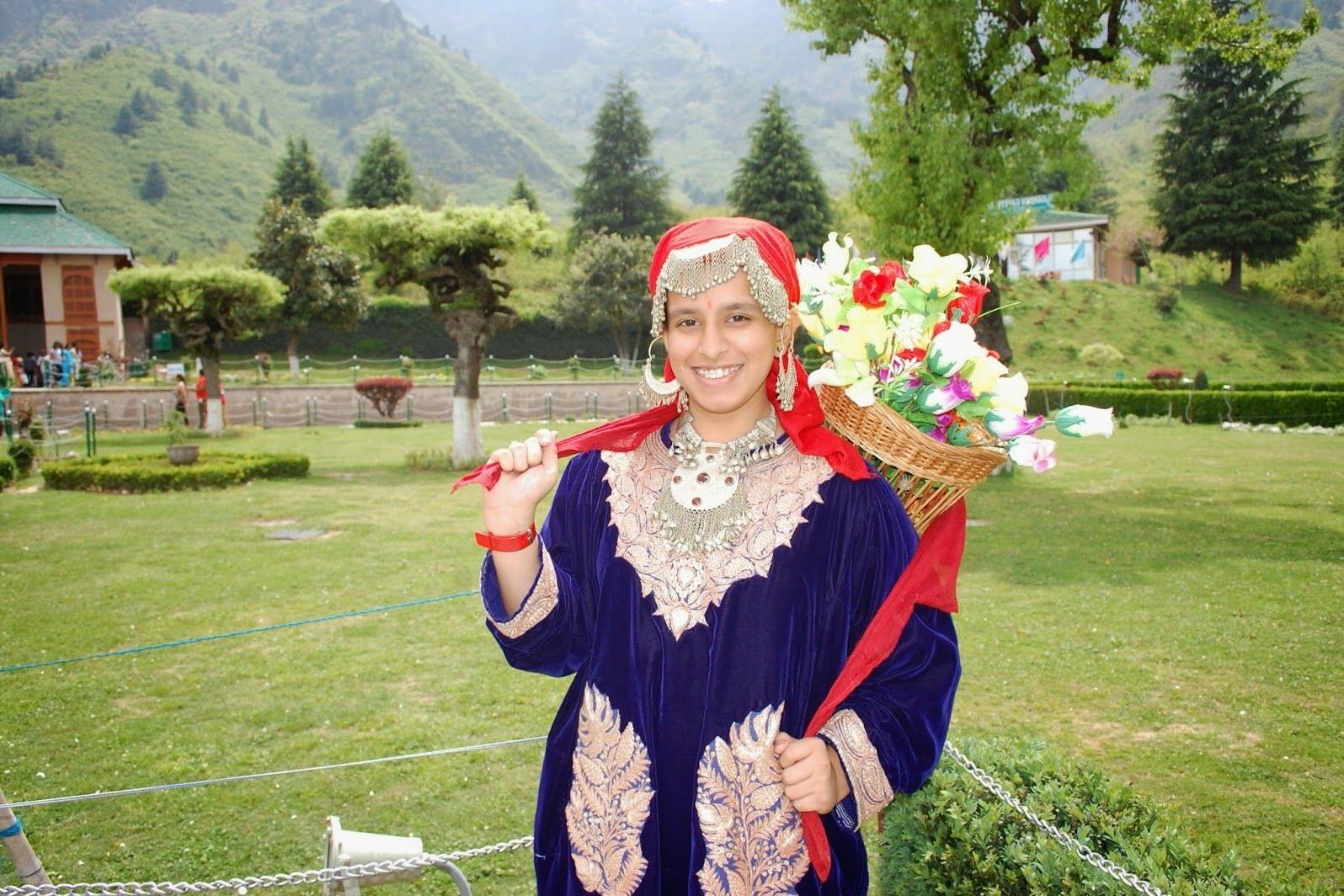Secrets Behind Kolkata’s Traditional Dress

Kolkata, known for its rich culture and history, also boasts a unique traditional dress. Have you ever wondered what makes Kolkata's traditional dress so special? The answer lies in its vibrant colors, intricate designs, and deep-rooted cultural significance. Women often wear sarees made of luxurious fabrics like silk, adorned with beautiful patterns. Men typically don dhoti-kurta, a comfortable yet elegant attire. These garments are not just clothes but a reflection of Kolkata's heritage. Whether during festivals or daily life, the traditional dress of Kolkata tells a story of its people, their customs, and their artistic flair.
The Essence of Kolkata's Traditional Dress
Kolkata, a city rich in culture and history, boasts a unique traditional dress style. The attire reflects the city's vibrant heritage and diverse influences. Let's explore some key elements that make Kolkata's traditional dress so special.
The Iconic Saree
The saree is synonymous with Kolkata's traditional dress. Women in Kolkata wear sarees with grace and elegance, often choosing specific types for different occasions.
Tant Saree: Known for its lightness and comfort, the Tant saree is perfect for Kolkata's humid climate. Handwoven in West Bengal, these sarees feature intricate designs and vibrant colors.
Baluchari Saree: Originating from the town of Baluchar, these sarees are famous for their elaborate motifs depicting mythological scenes. They are often worn during festivals and weddings.
Garad Saree: Typically white or off-white with red borders, Garad sarees are considered auspicious. Women wear them during religious ceremonies and special occasions.
Traditional Men's Attire
Men in Kolkata also have distinct traditional attire that reflects the city's cultural heritage. These garments are often worn during festivals, weddings, and other significant events.
Dhoti: The dhoti is a long piece of cloth wrapped around the waist and legs. It is a staple in Bengali men's traditional dress, especially during religious ceremonies and cultural events.
Panjabi: Often paired with the dhoti, the Panjabi is a long tunic worn by men. It comes in various fabrics and designs, suitable for both casual and formal occasions.
Accessories and Adornments
No traditional dress is complete without the right accessories. In Kolkata, these accessories add a touch of elegance and cultural significance to the attire.
Shakha Pola: Married Bengali women wear these white and red bangles made from conch shell and red coral. They symbolize marital status and are an essential part of traditional Bengali attire.
Mukut: During weddings, the groom wears a traditional headgear called a Mukut. Made from shola pith, it is lightweight and intricately designed, adding a regal touch to the groom's attire.
Modern Influences on Traditional Dress
While traditional attire remains popular, modern influences have also made their mark. Contemporary designs often blend traditional elements with modern fashion trends.
Fusion Sarees: Designers create fusion sarees that combine traditional weaving techniques with modern fabrics and patterns. These sarees appeal to younger generations who want to honor tradition while embracing contemporary styles.
Designer Panjabis: Modern Panjabis feature innovative cuts, fabrics, and embellishments. They offer a fresh take on the classic tunic, making it suitable for various occasions.
The Role of Festivals
Festivals play a significant role in showcasing Kolkata's traditional dress. During these celebrations, people don their finest attire, reflecting the city's rich cultural heritage.
Durga Puja: The most significant festival in Kolkata, Durga Puja sees people dressed in their best traditional outfits. Women wear elaborate sarees, while men opt for dhotis and Panjabis.
Poila Boishakh: The Bengali New Year, Poila Boishakh, is another occasion where traditional dress takes center stage. People wear new clothes, often in traditional styles, to mark the beginning of the new year.
Embracing Kolkata's Traditional Attire
Kolkata's traditional dress offers a rich tapestry of culture and history. Sarees like the Tant, Baluchari, and Dhakai Jamdani showcase intricate designs and craftsmanship. Men’s attire, such as the Dhoti and Kurta, reflects simplicity and elegance. These garments are not just clothing but a celebration of heritage. Wearing them connects you to the city's vibrant past and present.
Exploring local markets like Gariahat and New Market can be a delightful experience, offering a chance to see and buy these beautiful pieces. Festivals and weddings are perfect occasions to don these traditional outfits, making you feel part of Kolkata's rich cultural fabric.
Next time you visit Kolkata, immerse yourself in its traditional attire. It’s a wonderful way to appreciate the city’s unique charm and history.

